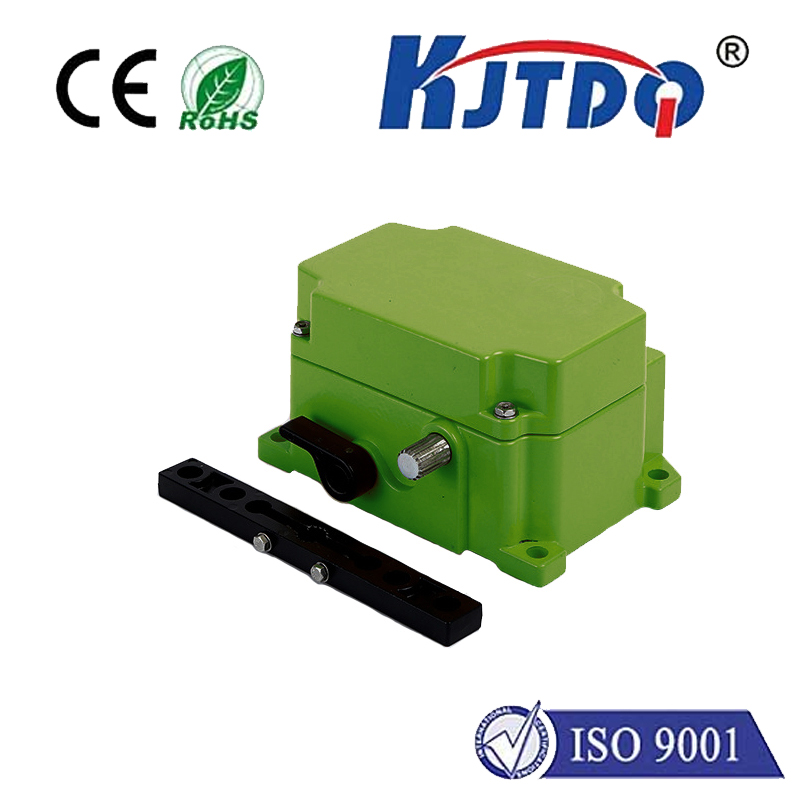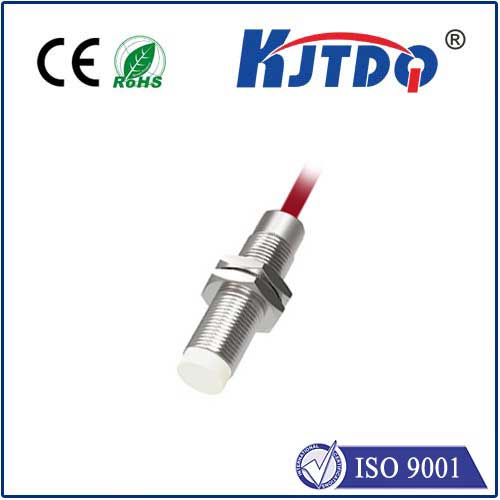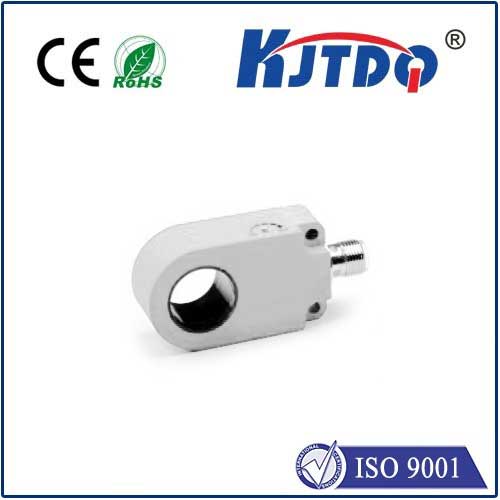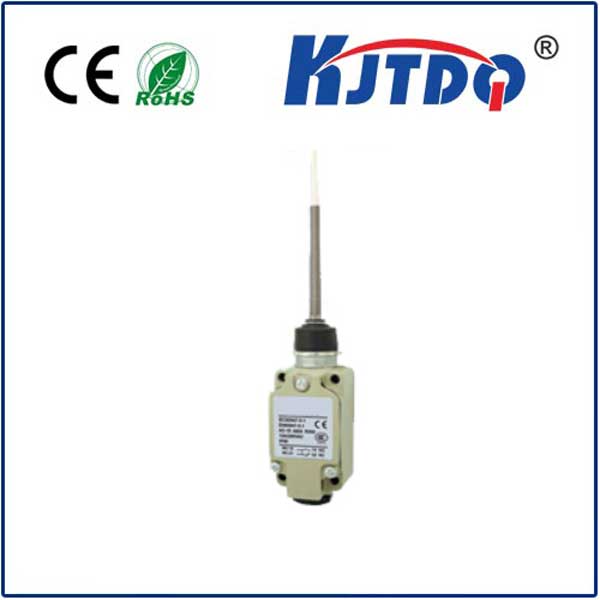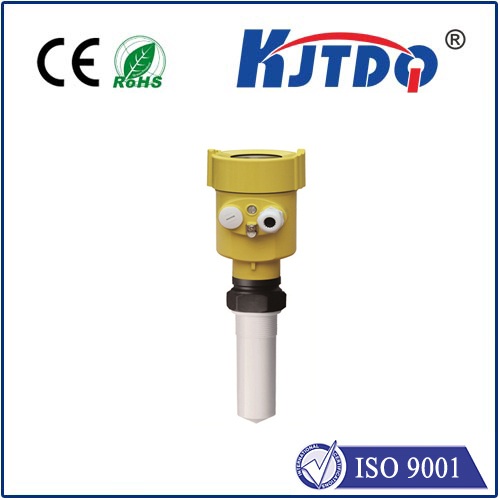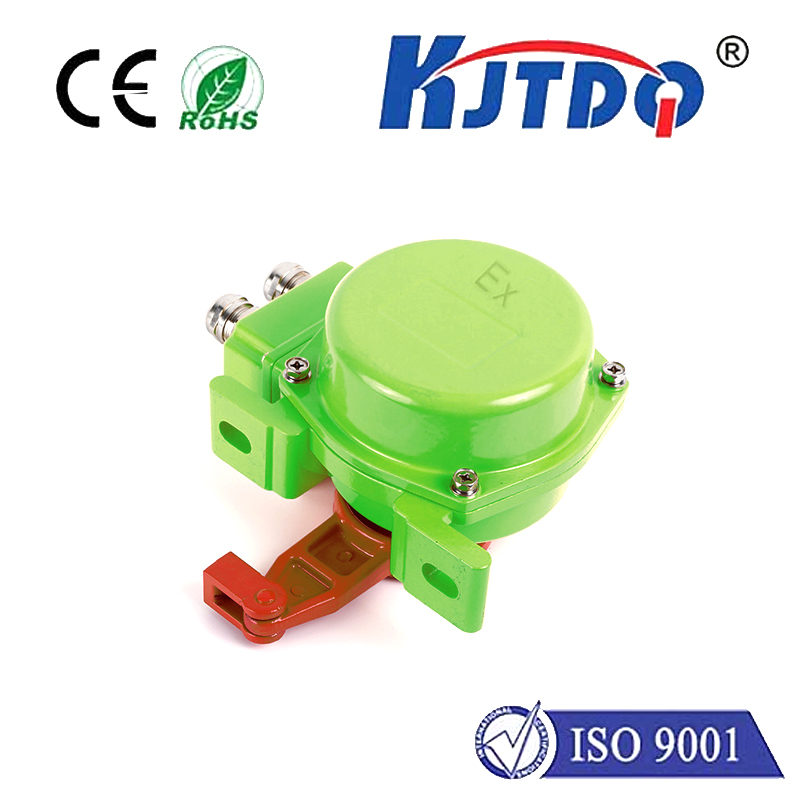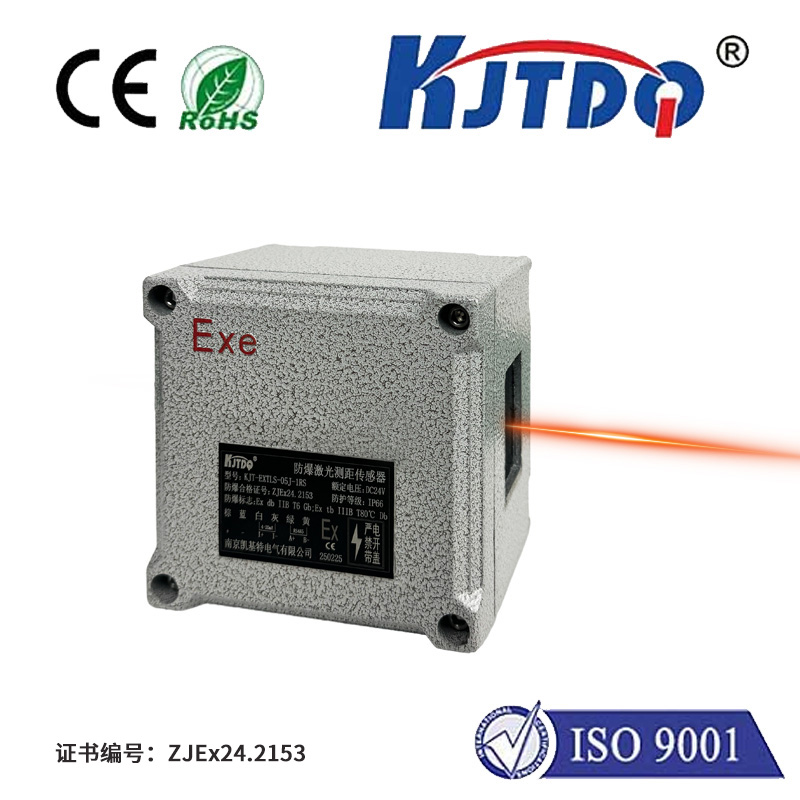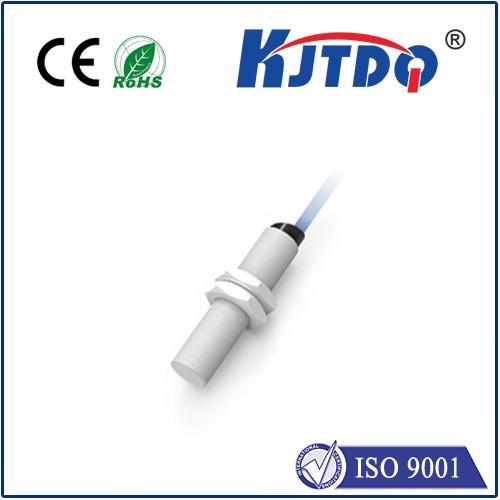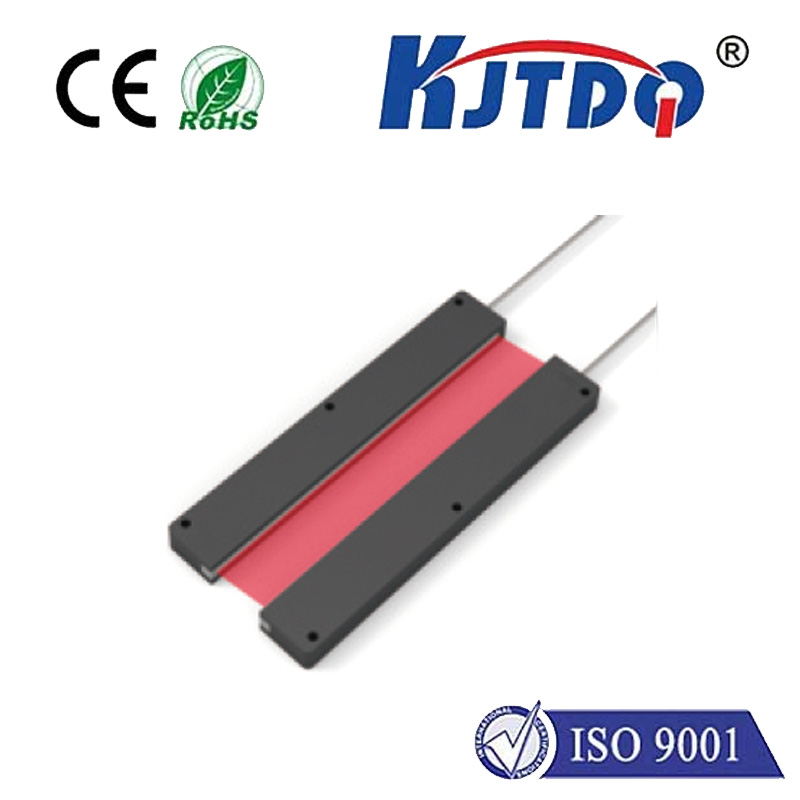датчик подавления фона
- time:2025-07-23 13:35:30
- Нажмите:0
Background Suppression Sensors: Mastering Reliable Detection in Challenging Environments
Ever struggled with a photoelectric sensor falsely triggering on a conveyor support beam instead of the actual package? Or missed a critical component because its color blended into the background? Welcome to the headaches that background suppression (BS) sensors were explicitly designed to solve. In the complex world of industrial automation, reliable object detection isn’t always straightforward. Varying colors, inconsistent backgrounds, and challenging object properties demand smarter sensing solutions. Background suppression technology stands out as a powerful tool for achieving precise and dependable detection where traditional methods falter. This article dives into how BS sensors work, their distinct advantages, and where they excel.
The Core Challenge: Unwanted Background Interference
Standard photoelectric sensors, particularly diffuse reflective types, operate on a simple principle: emit light and detect its reflection from a target. Their sensitivity threshold is set based on the amount of reflected light. However, this becomes problematic when:
- The target is dark or non-reflective: A black rubber gasket might reflect less light than the shiny metal conveyor behind it.
- The background is close and reflective: A stainless-steel machine frame behind the target object can easily reflect more light than the intended darker object.
- Targets have varying surface properties: Detecting packages of different colors on a constantly changing background becomes highly unreliable.
In these scenarios, a standard sensor might detect the bright background instead of the actual target (false positive) or fail to detect a dark target against a bright background (false negative). Background suppression sensors eliminate this ambiguity by shifting the focus from light intensity to distance.
How Background Suppression Works: The Principle of Triangulation

The fundamental innovation of BS sensors lies in their ability to discriminate based on the distance of the reflecting surface, not just the intensity of the reflected light. Here’s the breakdown:
- Optical Triangulation: BS sensors employ a specialized optical layout. The emitted light beam (typically red or laser) exits the sensor at one angle. The receiver lens, however, is positioned at a different, slightly offset angle.
- Position, Not Power: Light reflected from a surface hits the receiver lens. Crucially, where that reflected light lands on the receiver’s internal light-sensitive element (like a Position Sensitive Device - PSD or a CMOS array) depends strictly on the distance to the reflecting object.
- Suppression Zone Definition: The sensor electronics are calibrated to recognize a very specific range of positions on the receiver element corresponding to a precise set distance from the sensor face. This defines the “active zone” or “detection window”.
- Active Suppression: Any light reflected from a surface beyond this defined set distance (the background) lands on a different part of the receiver element. The sensor is programmed to actively suppress or ignore signals coming from this “background zone”.
- Target Detection: Only reflections originating from objects within the pre-set active distance zone are registered as a valid detection.
Key Advantages of Background Suppression Technology
This elegant shift in detection methodology unlocks significant benefits over standard diffuse sensors:
- Superior Contrast Independence: BS sensors effectively ignore background reflectivity. A shiny conveyor belt or a white wall behind the target won’t cause false triggers. Detection reliability becomes independent of the color or reflectivity contrast between target and background, a huge advantage in complex environments.
- Precise Detection Ranges: The ability to set a specific distance threshold (the suppression point) allows for highly accurate object positioning and detection within tightly controlled zones. This is crucial for applications like part presence verification at exact points.
- Handling Dark and Low-Reflective Objects: The triangulation method excels at detecting dark, matte, or non-reflective objects that reflect minimal light, as long as they fall within the active zone. They can reliably “see” black rubber, textiles, or dark plastics that standard sensors struggle with.
- Reduced Setup Hassle: While initial aiming might require precision (especially for fixed-field types), once set, BS sensors are less susceptible to false triggers caused by background changes or varying target reflectivity, leading to less maintenance and recalibration.
- Handling Transparent/Translucent Objects: While not foolproof, some BS sensor variants (especially precise laser types) can be effective at detecting the leading or trailing edge of transparent bottles or films based on their distance profile, where standard diffuse sensors might see right through them.
Where Background Suppression Sensors Shine: Core Applications
The unique capabilities of BS technology make them indispensable in numerous industrial scenarios:
- Packaging & Logistics: Detecting dark packages on light conveyors or light packages on dark conveyors; verifying case flaps are closed regardless of box color; counting mixed-color parcels.
- Automotive Manufacturing: Sensing black rubber seals, hoses, or tires; detecting components on shiny metal fixtures or painted surfaces; verifying the orientation of parts with varying finishes.
- Перевозка материалов: Reliable pallet detection irrespective of warehouse wall color or ambient light; presence checking of cardboard boxes, wooden crates, or fabric rolls with inconsistent surfaces.
- Electronics Assembly: Detecting PCBs (often green or dark) against machine backgrounds; verifying component placement without interference from adjacent structures.
- Transparent Object Handling: Detecting the presence or edge position of glass bottles, PET containers, or plastic films where standard methods fail (requires careful sensor selection and setup).
- Automated Guided Vehicles (AGVs): Obstacle detection close to the vehicle body, ignoring the floor surface reflectivity variations that plague standard sensors.
- Printing & Labeling: Verifying label placement on colored or metallic backgrounds; detecting the presence of printed sheets regardless of ink coverage.
Selecting and Implementing Background Suppression Sensors
Choosing the right BS sensor involves considering:
- Fixed Field vs. Adjustable Field: Fixed-field sensors have a pre-defined suppression point set by the manufacturer, offering simplicity and often higher precision at that specific distance. Adjustable-field sensors allow the user to teach or adjust the suppression point (active zone) in the field, providing greater flexibility for varied applications.
- Light Source: Red LED sensors offer good performance and value. High-precision laser diodes provide a smaller, more focused beam for detecting very small objects or achieving higher accuracy at longer ranges.
- Beam Type: Visible or laser (visible aids setup). Focused spots or small rectangular spots.
- Range and Precision: Required sensing distance and the necessary positional accuracy.
- Environmental Conditions: Resistance to dust, moisture, and ambient light interference (look for high IP ratings and modulated light).
Best Practices for Implementation:
- Precise Mounting: Ensure the sensor is mounted securely and pointed accurately. Even small misalignments can affect performance, especially at longer ranges.
- Minimize Vibration: Significant vibration can cause the spot position to shift on the receiver, leading to instability. Use stable mounts.
- Teach/Adjust Properly: For adjustable-field sensors, meticulously follow the manufacturer’s procedure for setting the suppression point using the actual target and background. Ensure the background is representative of the worst-case scenario.
- Consider Background Distance: The background must be beyond the desired suppression point. If the background is too close, the sensor cannot reliably suppress it.
Conclusion: A Vital Tool for Precision Detection
Background suppression sensors provide a powerful solution to one of photoelectric sensing’s most persistent challenges: unwanted background interference. By leveraging the principle of optical triangulation to discriminate based on distance rather than just light intensity, BS technology delivers robust, contrast-independent detection in demanding industrial applications. From reliably sensing challenging dark or low-reflective objects to ensuring accuracy amidst complex backgrounds, BS sensors enhance automation reliability, reduce downtime, and enable applications where other sensing modes fall short. Understanding their working

